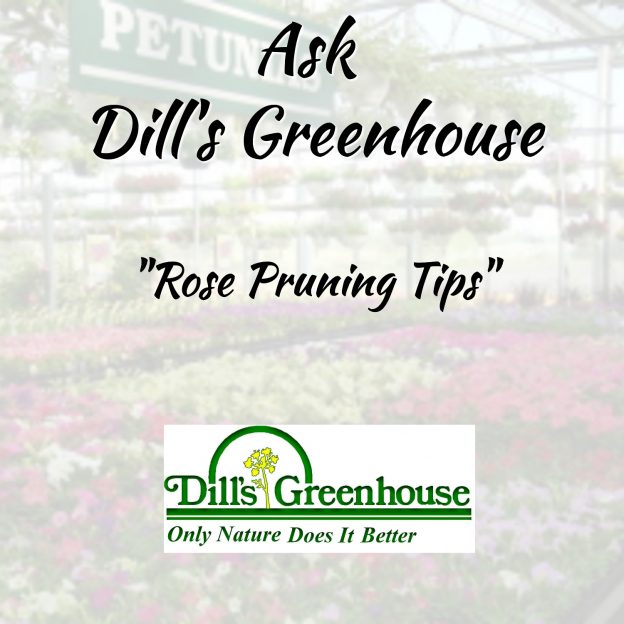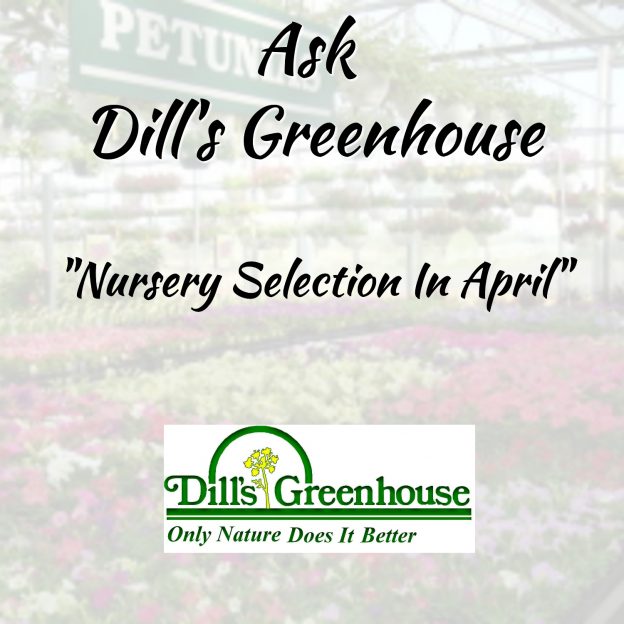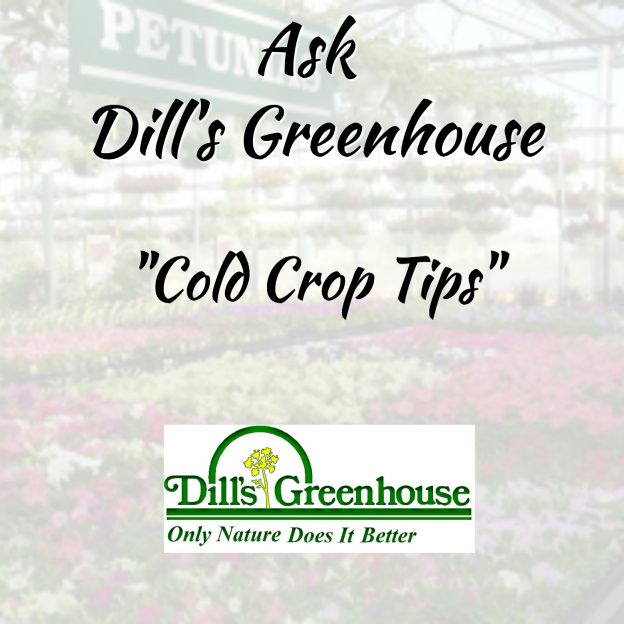Alan: Another good thing in April is to think about your herb garden. Herbs are one of my favorite things.
I love to grow herbs. I love to to use herbs.
And there’s two kinds of herbs in a sense. There are perennial herbs such as sage and thyme. Most of the mints those are perennial. And then you have annual herbs that are tender. Basil and cilantro, dill, parsley. Parsley is actually kind of hardy. I’ve even seen it live over. But it’s still classified as more of a tender herb.
In April, it’s still too early to put out basil. Now if it’s late April in Ohio, we’re past the frost free date, you have people can get away with it. But I don’t know how much advantage you’re going to have because the ground is still cold, even after the air temperatures warmed up.
In April, go through your herb garden. Look at all of your perennial herbs. What are coming up? You can divide some of those if you get they’re getting too big for that spot.
But the perennial herbs are great because you can just keep harvesting them every year. You don’t have to replant. And we even have one variety of rosemary that I’ve had success with year after year. It came back three years in a row. And rosemary is a very tender perennial here. It’s zone seven is the best one. And sometimes zone seven, if you have a cold winter, it won’t make it. Also if you have a dog that likes rosemary like mine does, and rips the whole plant out of the ground and runs through the yard with it, you’ll have to replant.
But there are quite a few herbs that will make it through winter. It’s good time in April to tidy those up. Divide them that just to have more room to plant the annuals, even in between when it’s time to do that. Which would not be in April. You probably want to wait till the frost free date which considered to be around May 15 in central Ohio.
















